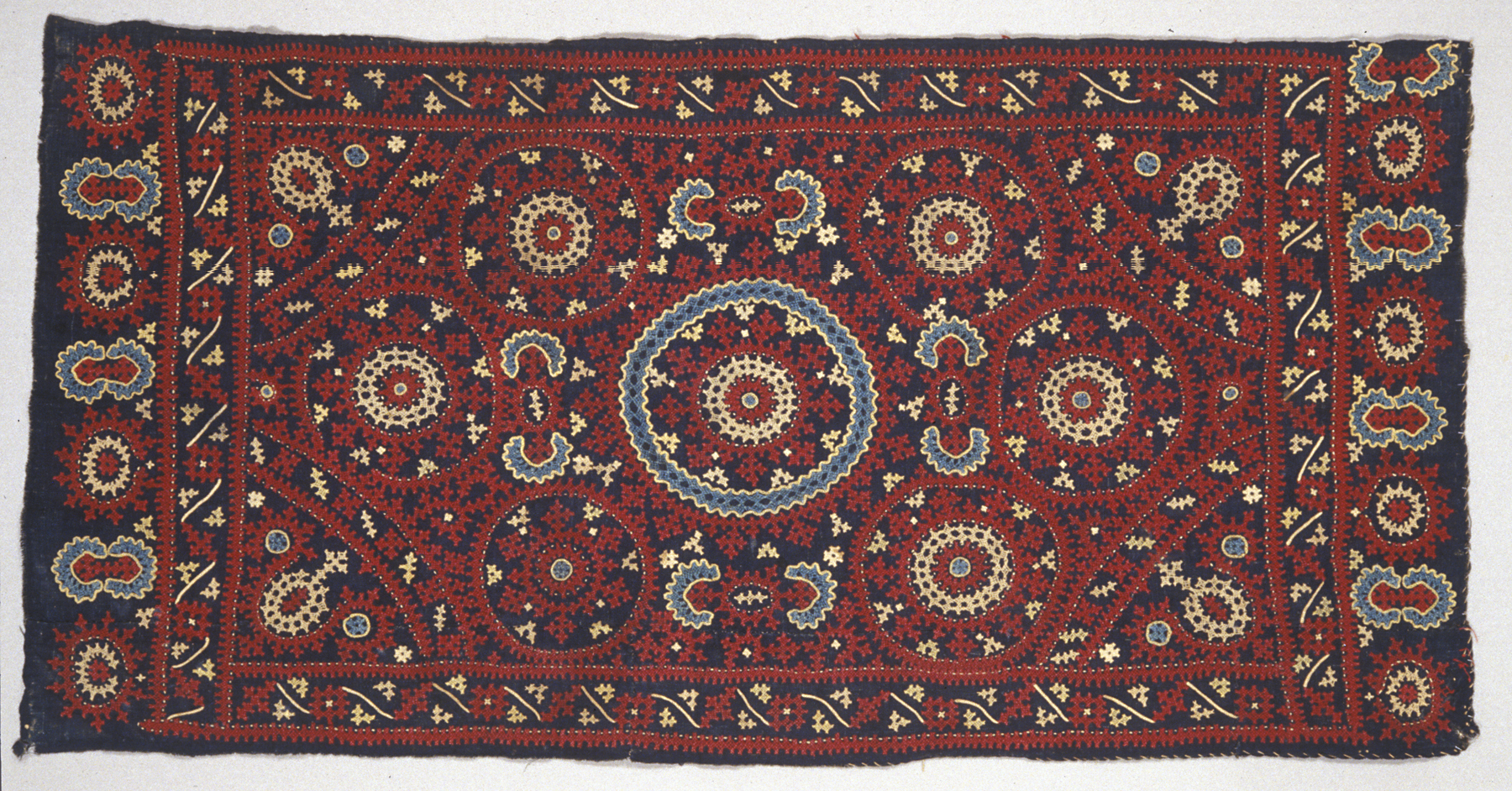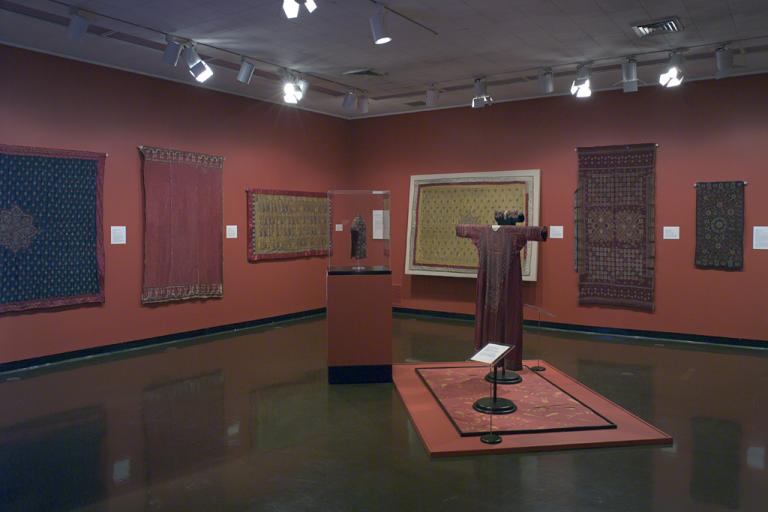embroidered cloth, unknown maker from India or Pakistan
Artwork Overview
embroidered cloth
, 1800s–early 1900s
Where object was made: India (Kutch) or Pakistan (Sind)
Material/technique: tabby; embroidering; cotton
Credit line: William Bridges Thayer Memorial
Accession number: 1928.0881
Not on display
If you wish to reproduce this image, please submit an image request




